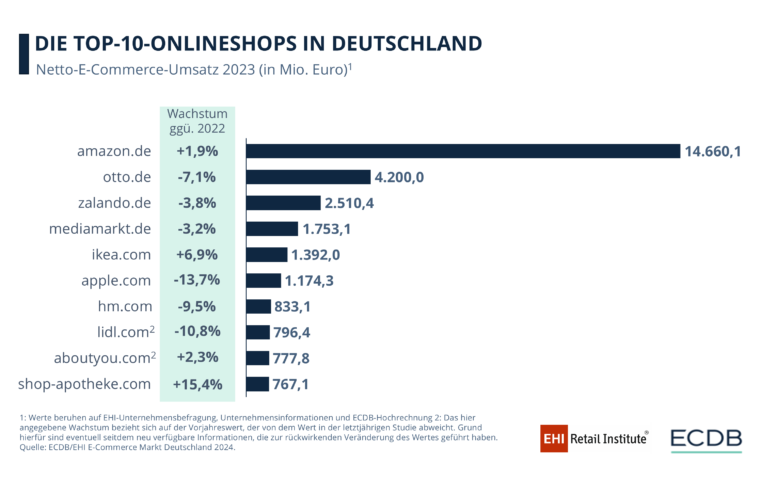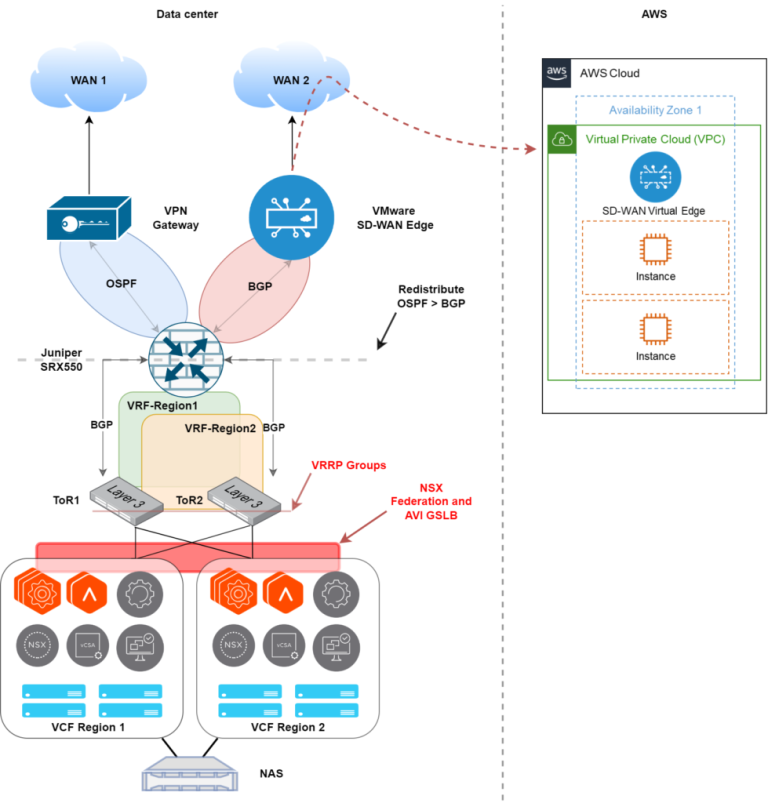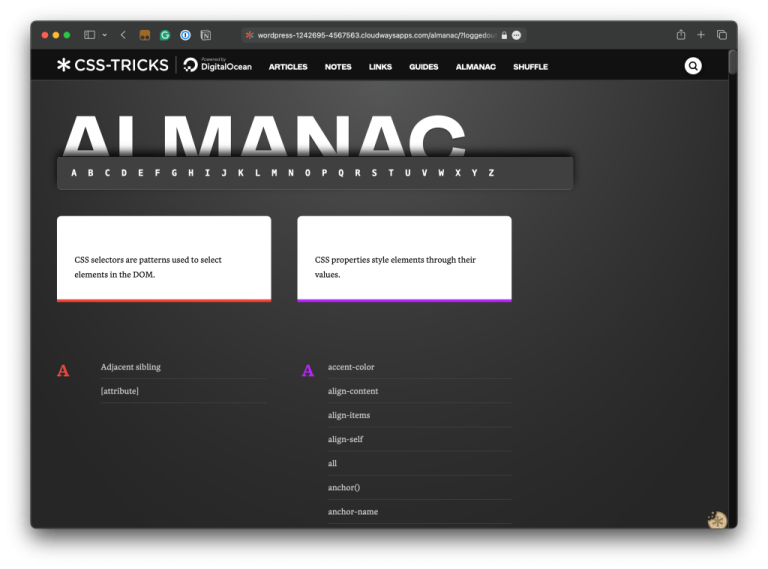Key takeaways
Table of Contents
- 1 What is employee burnout?
- 2 How to prevent burnout: 8 tips for HR leaders
- 2.1 1. Set appropriate organizational boundaries and examples for time off
- 2.2 2. Prioritize employee wellness through generous benefits packages
- 2.3 3. Educate managers on the signs of burnout
- 2.4 4. Detect burnout with time tracking and workload tracking software
- 2.5 5. Use technologies to manage employee workloads and improve morale
- 2.6 6. Clarify job descriptions and career paths
- 2.7 7. Identify warning signs of performance issues
- 2.8 8. Regularly seek out employee feedback
- 3 Addressing burnout improves company culture and employee retention
- 4 Featured partners
What is employee burnout?
Employee burnout is a state of physical, mental, or emotional exhaustion — paired with job dissatisfaction — that causes an employee’s job performance and overall interest in their workplace to diminish over time. It can affect any employee at any level, but high-level performers are often at the highest risk if they are not given the supportive guardrails and encouragement they need to achieve their goals sustainably.
When employee burnout goes unrecognized and unaddressed, it has serious consequences for physical and mental health, productivity, job satisfaction, life outlook, and likelihood of staying with the organization. All of these issues can lead to bigger problems for the company overall, especially in terms of employee turnover, lost revenue, and damaged customer relationships.
What causes employee burnout?
In many cases, employee burnout is caused by a toxic work environment, but there may be a myriad of contributing factors depending on the situation.
Role issues
- Unbalanced workloads.
- Unrealistic deadlines.
- New responsibilities without title or compensation changes.
- Ever-changing or generally unclear expectations, goals, or job roles/responsibilities.
Leadership issues
- Unsupportive, aloof, or uncommunicative leaders.
- Micromanagement.
- Limited performance-based feedback or employee recognition.
Culture issues
- 24/7 availability expectations.
- Lack of transparency and communication across the organization.
- Limited opportunities for professional growth and development.
Warning signs of employee burnout
While additional employee burnout signs may appear in their personal life, these are the warning signs and most common burnout symptoms that show up during working hours:
- Missed deadlines.
- Increased irritability or sensitivity to feedback.
- Consistently coming to work late or leaving early.
- Visible exhaustion.
- Worsening work quality and performance quarter over quarter.
- Decreased participation in group activities, withdrawal from extracurriculars, and general disengagement.
- Cynicism or regular negative commentary.
- Reduced productivity.
- Increased illness and time off requests.
- Reported depression, anxiety, chronic stress, and/or other mental health diagnoses.
- Less productive or less frequent conversations with managers and teammates; a greater tendency toward isolation.
- Noticeable decrease in enthusiasm and commitment to organizational culture and projects.
Burnout’s business impact
Unaddressed burnout usually spreads quickly, and before you know it, the whole organization is struggling with performance, retention, engagement, and many other issues.
How to prevent burnout: 8 tips for HR leaders
It’s always easier to address burnout proactively than retroactively. Thankfully, there are numerous steps you can take to prevent burnout before it’s too late.
1. Set appropriate organizational boundaries and examples for time off
No matter the cause of burnout, promoting work-life balance is a great way to show employees you care and ensure everyone in your organization is spending a healthy amount of time away from their work. Company leaders set the tone for cultural expectations around healthy work boundaries. They should not only encourage employees to disconnect at a certain time each day or while on vacation but also model that behavior themselves.
Related: How to Create the Perfect Paid Time Off Policy
For example, they should avoid sending messages or working on projects outside of their traditional working hours whenever possible. Setting these kinds of boundaries has a trickle-down effect, as employees see their managers setting reasonable boundaries and learn from that example and managers learn how to interact with their employees in a way that further promotes work-life balance.
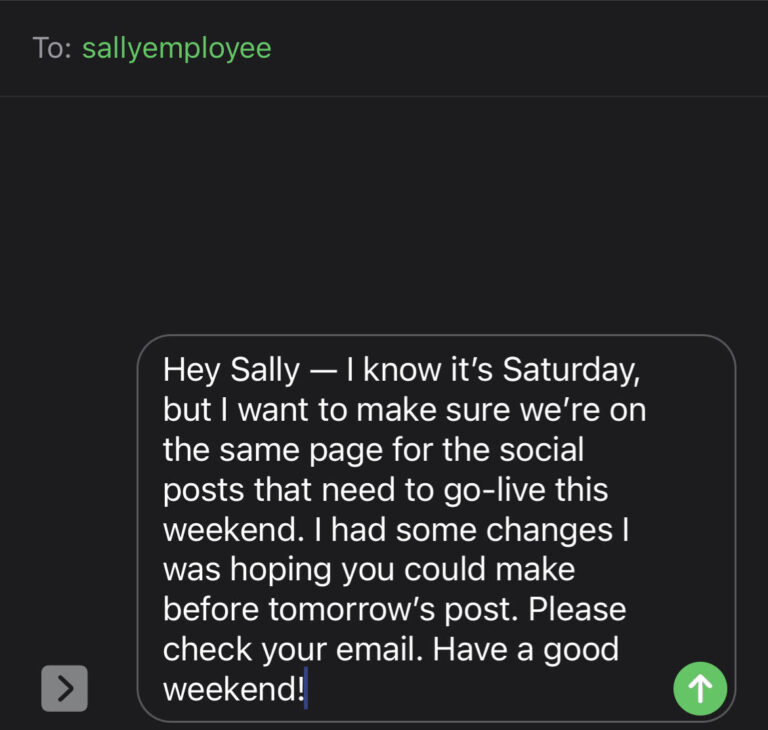
2. Prioritize employee wellness through generous benefits packages
An attractive benefits package can also keep employees happy and healthy, particularly if these benefits focus on a diverse range of employee wellness categories and needs. Benefits that can keep employees feeling good about themselves, their lives, and their work include:
- Generous paid time off and sick leave.
- Parental and family leave.
- Support for retirement planning.
- Gym membership perks.
- Company-wide virtual and/or in-person workouts.
- Meditation and mindfulness app subscriptions.
- Subsidies for therapy, counseling, and other employee mental health resources.
- Generous health care, dental, and vision insurance plans.
- Educational and student loan assistance.
To make the most of employee benefits and ensure your current benefits package is effective in combating employee burnout, consider rolling your benefits into a corporate wellness platform. Wellable, for example, includes analytics to help HR assess and improve the effectiveness of wellness benefits. Wellness 360 is another option that helps boost awareness and engagement among employees via social and gamification elements.
3. Educate managers on the signs of burnout
Middle managers are in the best position to identify and mitigate burnout in its early stages for direct reports on their team — that is, if they know what they’re looking for. This is why managers need formalized, scenario-based training on how to prevent, recognize, and combat employee burnout.
Training for managers should emphasize maintaining consistent communication with direct reports and developing a clear understanding of what an employee’s role entails, as well as how burnout may manifest itself in different ways. HR can offer training on the topic of burnout to help managers not only model work-life balance for their employees but also collaboratively come up with strategies to handle burnout once it starts to show up among their direct reports.
4. Detect burnout with time tracking and workload tracking software
Time tracking software is a helpful, quantitative tool that can quickly identify overworked employees and employees who are beginning to disengage. Reviewing time tracking and time off request data in particular reveals patterns that point to employee burnout, even if the employee’s manager has not yet noticed any physical or emotional signs of burnout.
When a worker logs excessive work hours, time tracking software can alert HR to inform the employee’s manager of the potential risk of workplace burnout. Alternatively, when an employee starts requesting more time off or clocking in early or late, especially to the point where their baseline goals aren’t being met, the manager should be alerted so they can discuss the situation with the employee and find ways they or the team can better support that employee.
Project management software, such as monday.com or ClickUp, can also illustrate performance pain points, giving managers the resources to visually track employee workloads across the team. These visualization tools ensure no one team member is overburdened with tasks and help managers redistribute tasks to teammates with greater capacity. Time tracking components in project management software such as Wrike also help managers get a more realistic idea of how long any one task should take, which helps them set more realistic deadlines.
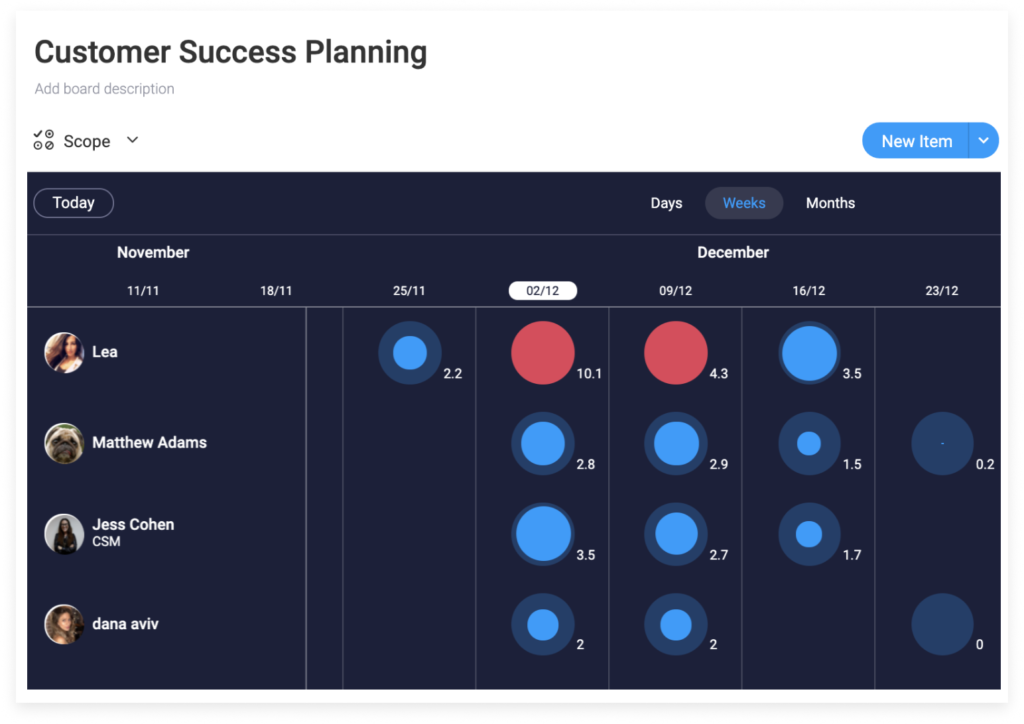
5. Use technologies to manage employee workloads and improve morale
Excessive workloads and unrealistic due dates place an employee under unsustainable, chronic workplace stress. This leads to rushed task completion, more errors, and missed deadlines. While improving communication with that individual and hiring more teammates can help lessen the load, there may also be certain tools that can improve their workflows and overall job satisfaction.
For certain roles, there may be tools to automate an employee’s mundane tasks and consequently lighten their workload. For example, a recruiter who’s under pressure to fill open roles quickly can benefit from a recruiting platform like Zoho Recruit, which automatically reviews resumes and pulls up the most qualified applicants. And for situations where assistive technology isn’t available, gamification may be the solution. Investing in a gamification platform or software solution can make the workplace a fun and competitive place, allowing employees to earn rewards, badges, or other incentives that boost morale and employee engagement.
6. Clarify job descriptions and career paths
HR and managers should have a clear understanding of each job’s core responsibilities — ideally, before even filling a role — so they can gauge whether the role is manageable for one person or should be broken into multiple positions. Creating clear job descriptions benefits organizational leadership and sets up employees to succeed in their roles, providing them with concrete information about what they are responsible for and how they can productively interact with their teammates. If the role changes over time, these changes should first be communicated to individuals working in that role, and then job descriptions should be updated to reflect changed responsibilities.
Once clear job descriptions have been established, it’s time to create clear paths to promotion so employees know exactly what their future could look like with the organization and what training or skills they need to master to reach that next milestone. Creating transparent promotion paths and sticking to them is a great way to prevent burnout, especially with top performers who are simultaneously most at risk for feeling unappreciated and most interested in growth opportunities.
While promotion paths can help many employees feel more excited about their careers, these paths are less helpful for employees who are in roles they simply don’t enjoy. In these cases, a succession strategy offers up alternative roles and career paths that may be better suited to their skill sets and professional goals. Succession planning often takes the form of career pathing for specific roles and offering training to upskill and promote employees.
Get started: Employee Development Plan: Everything You Need to Know (+ Free Template)
7. Identify warning signs of performance issues
Performance declines are closely related to disengagement — one of the hallmark signs of employee burnout. When an employee is overworked or not challenged enough, this can lead to dissatisfaction and disengagement.
If situations like this are common in your organization, consider implementing performance management software that supports routine check-ins between managers and their employees so they can have documented, structured, and honest discussions about workload and job performance. Apps like Lattice or Leapsome also have clear visuals, reports, and dashboards so all key stakeholders can easily identify performance gaps and areas for improvement.
8. Regularly seek out employee feedback
Disengagement is often rooted in a disconnect between a company’s leadership and a workforce that feels unheard and unappreciated. Employee engagement tools help address this problem with a mix of surveys and sentiment analysis tools. These help HR monitor the pulse of how employees are feeling in their jobs and the workplace on a regular basis.
HR and company leaders should use these tools to request specific feedback from employees, empowering them as co-creators of the company’s culture and direction. Annual employee surveys and more frequent pulse checks should focus on their satisfaction with their current role, their team, and the organization as a whole. Questions should not only focus on quantitative performance metrics and data but also give employees the opportunity to comment on company culture, qualitative aspects of their working experience, and opportunities for improvement.
Addressing burnout improves company culture and employee retention
Preventing, detecting, and handling employee burnout doesn’t just fall on employees’ shoulders. Rather, it requires HR, middle managers, and senior leaders to scrutinize workplace culture, processes, and structures that contribute to employee burnout. It may also require them to invest in new tools, benefits, and resources to support employees more holistically.
While addressing workplace burnout can be a tricky and sometimes costly process, it is a worthwhile investment in your organization’s growth and stability. Recognizing and mitigating burnout not only shows you care but also gives employees the incentive to stick around and contribute to your business’s growth over the long haul, which saves you time and money in the areas of new employee recruitment, onboarding, and training.
